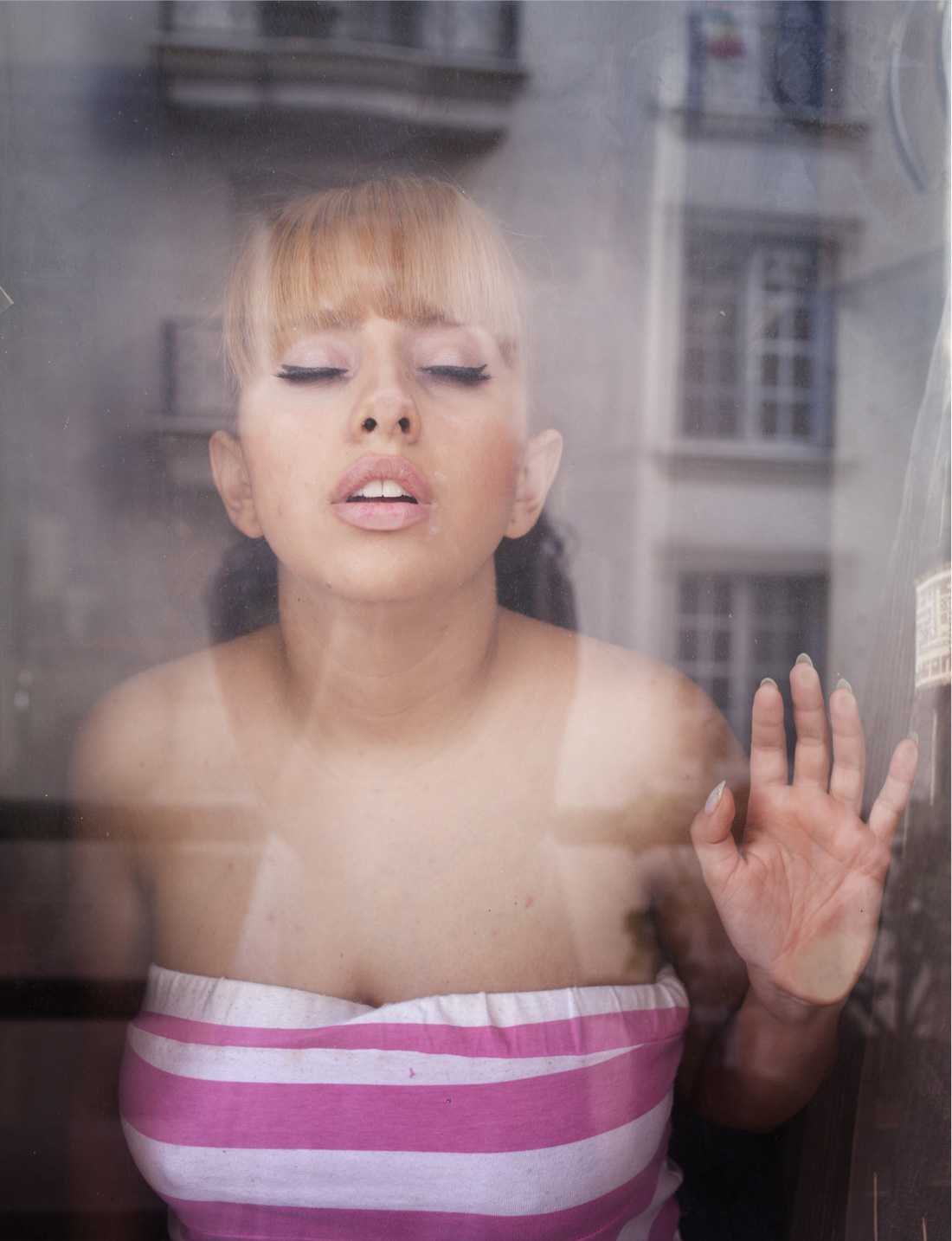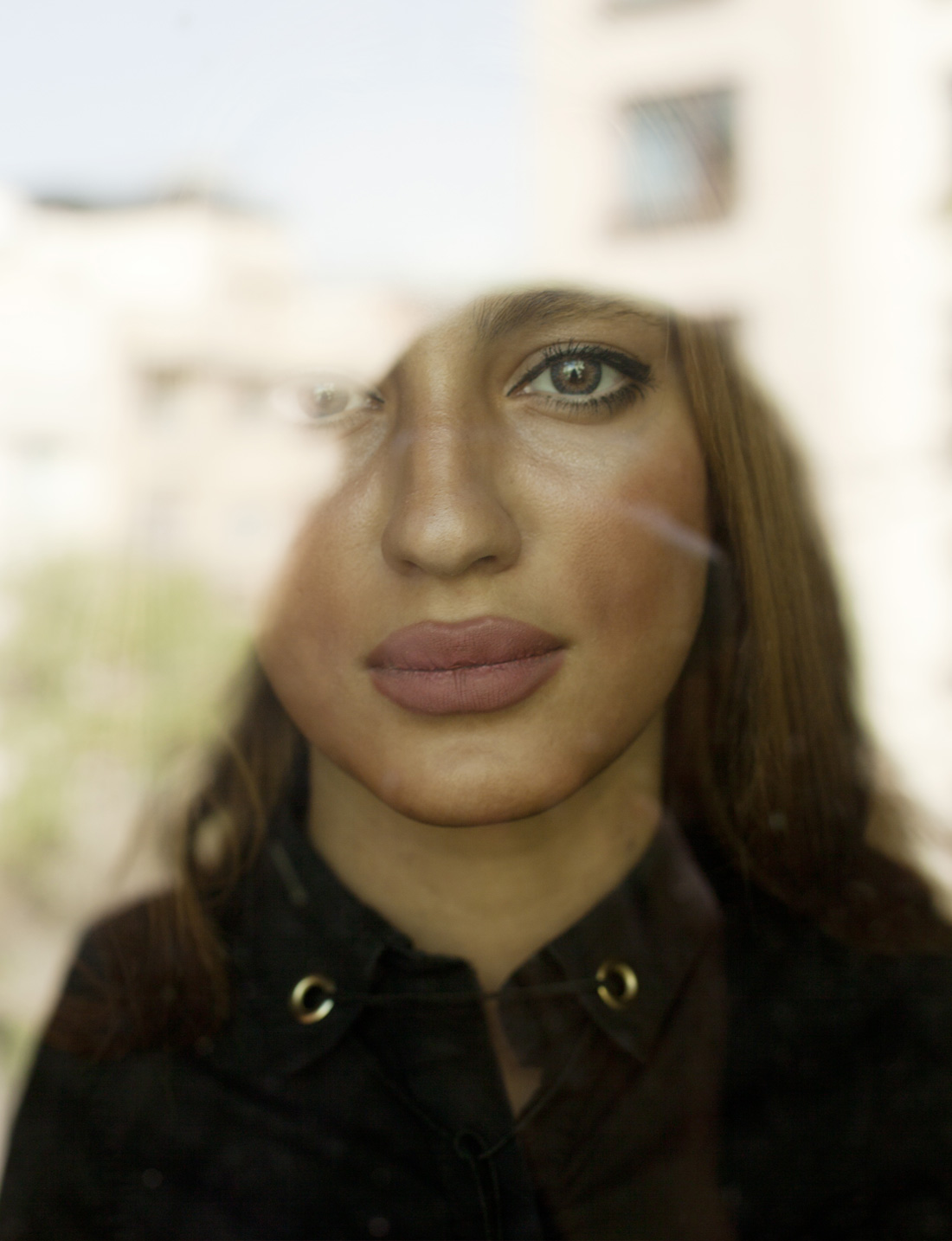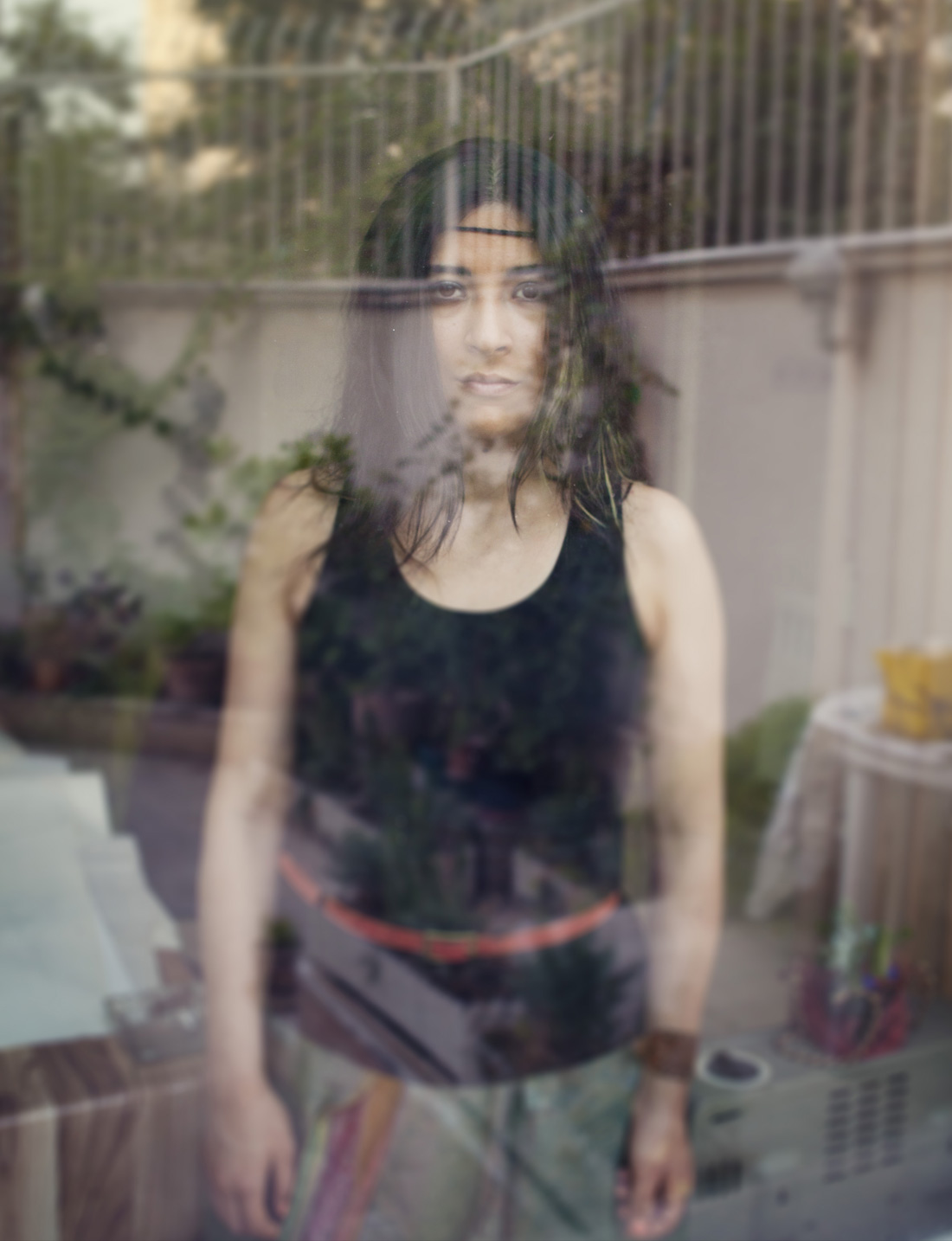Sanna Sjosward is a Swedish author and award-winning photographer. She is currently in the spotlight for her latest work “Two Faces.” For this project she travelled back to her birth city, Tehran, to photograph Iranian women and the duality of their lives.
Do you remember the first picture you ever took?
It’s hard to remember the first one I ever took, but the first one that made a big impression on me, was one I took of my father during a holiday in the Swedish mountains. He and my mother had just separated and he was really depressed. I was 13 years old when I took that photograph of him sleeping on the sofa.
Can you identify a unifying theme or recurring thread running throughout your photographs?
I suppose the recurring thread is a strong focus on women and to show the society we live in as it is. I am very interested in social issues and how humans behave in different social situations. It’s important to me as a photographer and human being, that I see people beyond their social class and ethnicity. I want to portray their reality rather than what my mind has been conditioned to see.
What camera(s) do you use?
I use a Canon 5D Mark III and my favourite lenses are 50 1.2 and 85 1.8.
When do you consider a portrait successful and what is your approach?
Good light, form and aesthetics are obviously a good start. An absolute presence is very important for the picture to have something to grow from. I work by observing the subjects body language and give him/her an image to think about.
Who has been the most inspiring person you’ve ever photographed?
I think the most inspiring person was the author Susan Sontag. I was so young when I photographed her that I didn’t realise her greatness until later.
Your latest work “Two Faces” has got a lot of media attention, can you tell us more about that?
75% of Iran’s population is under the age of 35 – you could say it’s one of the youngest nations in the world. Women inside the country are still forced to cover themselves in public. “Two Faces” explores the daily life of the Iranian woman, the way she questions and challenges the country’s Islamic law by wearing more makeup, more colourful clothes and how she alters the countries dress code (hijab) to suit her purpose. Iran is a country of contradiction, it’s where women are forced to cover their hair and body parts, but also a country where people are the most obsessed with plastic surgery. Iran is the capital of nose jobs.
What’s the price for beauty? How big is the pressure on women to look a certain way? I feel that the body and soul are connected but if a woman’s self esteem is low then she might feel the need to compensate by obtaining the ”perfect” face. Many young women inside Iran have told me that their looks are more important than who they are on the inside because it’s what gets them seen and heard. This can almost be seen like a silent protest against the rule that forces them to cover up without a choice.
You mainly work with portrait photography and photojournalism, does a career in fashion attract you?
I love fashion and it would be a dream to work with it in the future. I have often thought about making a separate fashion portfolio but I haven’t got around to it yet. I am really inspired by the great fashion photographers of our time such as Helmut Newton, Richard Avedon and Peter Lindbergh.
What has been the most challenging project you’ve worked on?
The most challenging project is being a photographer and a human being at the same time. I’ve worked on many projects for self-growth and self-development reasons. When I first travelled to Tehran, in the year 2000, it was for a very personal reason. As a 25 year old I was going back to my birth country, Iran, to meet my biological mother for the very first time. This all happened at the same time as I was getting my degree in photography. I realised the project that came to be Roots (Rotter), was my ticket to develop as a photographer and as a person, to see other rooms than the ones I had lived in.
How would you describe your personal philosophy and work ethic?
My personal philosophy is to treat others with respect and never force anyone to appear on picture. It’s not the photograph that’s most important, but the confidence between the subject and the photographer. If your subject feels comfortable then the right photo will come automatically.
Where do you find inspiration for your projects?
I find inspirations in the stories people share with me, in magazines, books, films and meetings. I am inspired constantly, which results in new projects. It’s better to get a good start and let the project take its time, rather than to stress through it and get a half decent result.
How would you describe life in your home city Stockholm?
I love Stockholm because every season is fantastic in its own way. I love the light during the autumn. Stockholm is a great city, you never feel lost and I have plenty of treasured places where I like to photograph.
What’s next for Sanna Sjosward?
Next is a trip to Tehran and to continue to work on the “Two Faces” project. There will be a book and exhibition next year.
Interview by Dena Tahmasebi
Photography by Sanna Sjosward “Two Faces” www.sannafoto.se


